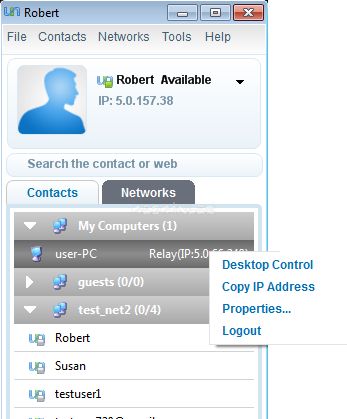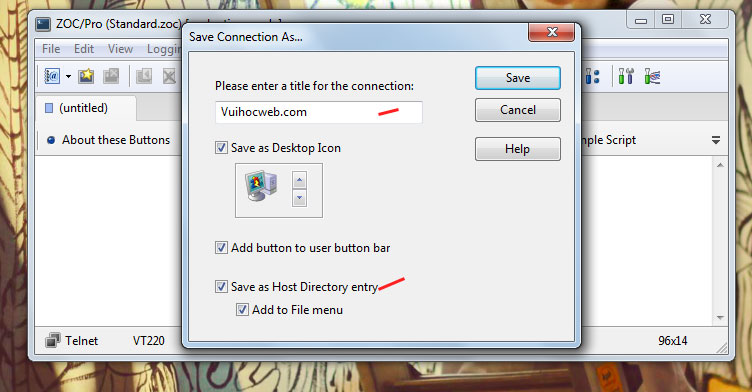

- Zoc terminal export host directory for mac#
- Zoc terminal export host directory code#
- Zoc terminal export host directory windows#

The user's problem with the terminal in a remote machine and the problem I faced in a docker container may be caused by the same issue, which is related to the terminfo (about terminfo). Thanks for pointing out the shortcomings of my previous answer.

So either modifying the tmux config or setting directly export TERM="xterm-256color" would solve the problem. Wsvt25m NetBSD wscons in 25 line DEC VT220 mode with Meta Xterm xterm terminal emulator (X Window System) Xterm-xfree86 xterm terminal emulator (XFree86) In my case, the remote machine doesn't support "screen-256color": $ toe -a After establishing the connection, the remote shell would contain the same $TERM value, while setting it to an unsupported value is one of the reason why Backspace stops working. The above would set the environment variable TERM to "screen-256color", which would be used by the SSH client to communicate with the remote machine. If this is your case, check in the tmux config for: set -g default-terminal "screen-256color" I encountered a similar issue, that when ssh to a remote machine from tmux, my Backspace key starts to generate spaces instead. It does support xterm-256color which we know our terminal app supports. Looks like the remote host does not support tmux-256color, the TERM value sent by tmux. Xterm-color generic "ANSI" color xterm (X Window System) Lets check which terminals the remote host supports. So tmux communicated to the remote host properly but we have backspace or some other matching key issue. From tmux run ssh command & check TERM setting.Open tmux (basically another terminal within a terminal app).I am using tmux to force the error since it uses an relatively uncommon terminal config. But if you have that knowledge and want something that, like iTerm2, can replace Terminal with more organization and customization features, ZOC Terminal is for you.Verify that the remote host shell TERM setting matches your terminal's term setting (localhost) and that the remote host supports the TERM setting.
Zoc terminal export host directory for mac#
Once again, we have SSH software for Mac that requires a lot of knowledge of Terminal and command line to use. It also allows for F-Macro keys and customized button bars for commands. You can fully remap your keyboard inside ZOC Terminal to create hotkey shortcuts for certain command line functions and text inputs. ZOC Terminal also allows for a ton of customizing. So you can go back in a session as well or use the same commands over and over again as quickly as you need. You can easily scroll back through commands you’ve input in ZOC Terminal and see everything you’ve input in a session as well. It also maintains an “address book” of folders and hosts for you that are also color coded for quick access and maintenance of different servers.
Zoc terminal export host directory code#
ZOC Terminal lets you open multiple Terminal tabs and color code them to remind yourself what you’re connected to and where. And it lets you set up and quickly switch between profiles, so you can utilize different permission levels or quickly go to different SSH connections. ITerm2 also keeps track of which directories you visit most often on your SSH connections, so you can get into them again much faster. In terms of SSH, iTerm2 will keep you informed of which directory you’re in, and will let you navigate back to previous commands by hitting Shift + Cmd + Up or Shift + Cmd + Down. It also lets you go back and recover text you deleted or changed with an Instant Replay feature. It also lets you search through an iTerm2 Terminal window for a particular word or command, so you can get to that bit of code you need in seconds.Ĭopying and pasting in iTerm2 is a lot easier than it is in PuTTY for Mac, and it keeps a paste history for you so you can quickly find the second-to-last item you copied.
Zoc terminal export host directory windows#
ITerm2 supports split panes, so you can have multiple Terminal windows open and operating right beside each other or on top of each other.


 0 kommentar(er)
0 kommentar(er)
